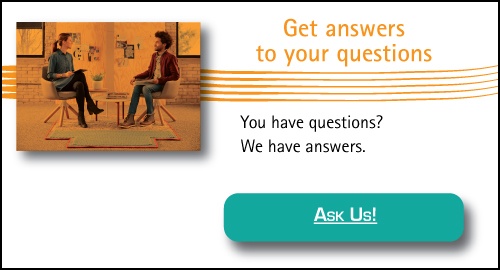Ever tried writing a letter in the dark? You’re probably thinking, “of course not!” Unfortunately, your eyes may disagree with you.
Since office lighting is sufficient for so much of our daily work, people tend not to consider adding a task light to their office setup. While standard overhead lighting is excellent for helping us see and navigate the office, it rarely provides our eyes with sufficient light when working with paper documents.
A lot of people incorrectly believe that a task light is redundant and unnecessary. But why is task lighting so rarely considered a core part of office ergonomics? How can a task light help improve a workspace? There is plenty of evidence to support the use of a task light. Let’s break down one of the most underestimated ergonomic accessories available.
The Science Behind Task Lights
Your eyes are one of the most impressive parts of your body, and we don’t mean that in a flirtatious way. The human eye is indeed a marvel of natural engineering when compared with the eyes of other animals.
The cornea focuses light on the lens which further focuses light through the iris, the colourful muscle that controls the size of the pupil. From there, light travels to the back of the eye and meets the retina which is made up of light-sensitive cells called rods and cones. The retina converts light into an electrical signal travelling down through the optic nerve, to the brain, and creates the image that you see. All of this happens in mere fractions of a second and without any conscious effort.
Our eyes may be remarkable, but they still need care and attention. Throughout your workday, you bombard your eyes with a variety of different light sources from smartphone display light to computer monitor light to natural light to ambient room lighting.
As your eyes move from a light source to light source, they must work to adjust to present you with a clear image. Done repeatedly, and it can make your eyes pretty sore from doing so much readjusting. This is where a task light comes into play.
Consistency is Key When it Comes to Light
We ask our eyes to do a lot for us throughout the day. Chances are, if you work in an office environment, you have experienced the symptoms of eye strain after a long day of work. Headaches, sore eyes, double vision, and light sensitivity are all symptoms of eye strain.
So, is eye strain just supposed to be an accepted part of a typical workday? Should you come to work expecting regular headaches and sore eyes or is there a way to prevent this?
Most people that work in office environments use a computer as well as paper. Inconveniently for office workers, our eyes require vastly different lighting levels to read from a backlit computer monitor as they do to read from a physical paper document.
This difference in required lighting can put significant strain on our eyes when switching between tasks.
A task light is meant to provide the correct amount of light in the right place when changing focus from a computer monitor to items on a desk. By increasing the amount of light while looking at papers, there is less need for the eye to strain to read the documents.
This allows your overhead lighting to provide the correct amount of light for computer use or collaborating with coworkers, but not so much as to create glare on your monitor. It also allows you to quickly view items on your desk without the need to strain or squint.
We already know that too much time in front of a computer screen is harmful to your eyes, the least we can do is reduce their workload by providing adequate lighting.
Lighting Can Affect Your Posture
Now that you know how light can affect your eyes during a long work day, would you believe that light can influence your posture? It’s true! Without a task light, looking away from a computer monitor to a sheet of paper on a desk can make it seem as though the paper is blurry or dark compared to the monitor you were using.
The natural response to this is to lean forward when examining the paper. Now, instead of sitting straight with good posture, you are slouching or bending, which creates a whole new host of potential issues.
In the short term, poor posture can lead to muscle strain, joint pain, and headaches. Poor posture maintained over an extended period can lead to spinal curvature, nerve constriction, and other chronic problems with their unique symptoms. Ergonomic accessories including task lights are simple, practical, and affordable ways to ensure proper posture is maintained throughout a long day at work.
Do You See the Light?
To some, it may be unbelievable that a basic task light can make such a significant difference within a workspace. However, without proper light when working, we are forced to compensate by asking our eyes and our bodies to work harder.
Are you ready to add a task light to your workspace and start working more effectively? We are here to help! Request a FREE consultation, and one of our ergonomic experts will reach out to get your eyes the light they deserve.
Cory Porteous
Marketing Manager
Office Interiors





